I have my map object created like this:
new ol.Map({
...
view: new ol.View({
center: ol.proj.transform([15,49], 'EPSG:4326', 'EPSG:3857'),
zoom: 10,
minZoom: 7,
maxZoom: 18,
extent: ol.proj.transformExtent([11.8, 48.4, 19.2, 51.2], 'EPSG:4326', 'EPSG:3857')
})
});
Let's say I have a big polygon "A" ( see the picture below ). I have a smaller polygon "B", which sticks to one side of the polygon "A". An external system calculates polygon "B" coordinates using WGS coordinates - points "pt1" and "pt2" are positioned on connection between point "pt3" and "pt4". When I draw both polygon on my map, points "pt1" and "pt2" are not positioned on connection between point "pt3" and "pt4". I think, it's because OpenLayers connect points "pt3" and "pt4" by direct line. This connection is straight line on the globe, so on my map, it should be curve. And that's why, I think, the polygon "B" is not aligned with the polygon "A" although it is on the globe. Is there a way, how to fix this?
